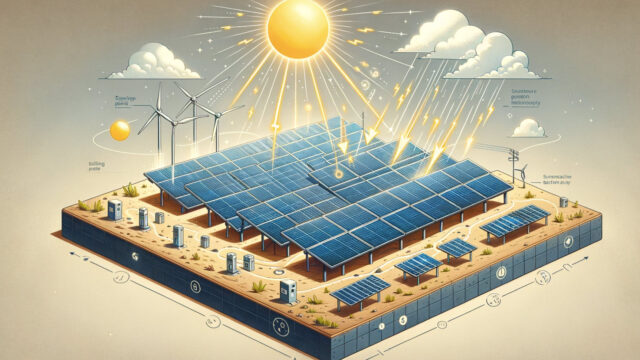In a groundbreaking development, researchers have unveiled ultra-thin solar cells that promise to revolutionize the renewable energy sector. These innovative cells, significantly thinner than a human hair and remarkably lightweight, can adhere to various surfaces, transforming them into efficient power sources.
Unprecedented Design and Efficiency
The Massachusetts Institute of Technology (MIT) spearheaded this advancement, creating solar cells that are not only flexible but also exceptionally efficient. These cells weigh approximately 100 times less than traditional solar panels yet generate about 18 times more power per kilogram. This remarkable power-to-weight ratio opens new possibilities for energy generation in diverse applications.
Versatile Applications Across Industries
The flexibility and lightweight nature of these solar cells allow for seamless integration into numerous surfaces and devices. Potential applications include:
- Maritime Industry: Attaching the cells to boat sails can provide sustainable power during voyages, reducing reliance on conventional fuel sources.
- Emergency Response: Incorporating the cells into tents and tarps can supply immediate power in disaster-stricken areas, enhancing relief efforts.
- Aerospace Sector: Applying the cells to drone wings can extend flight durations without adding significant weight, improving operational efficiency.
Scalable and Cost-Effective Production
The fabrication process of these solar cells involves printing nanomaterial-based electronic inks onto a thin substrate, followed by screen printing an electrode. This method is not only scalable but also cost-effective, paving the way for mass production. The cells are then adhered to a durable, lightweight fabric, ensuring mechanical resilience without compromising flexibility.
Durability and Longevity
Durability tests have demonstrated that these solar cells maintain over 90% of their efficiency even after being rolled and unrolled more than 500 times. This resilience ensures longevity and reliability, making them suitable for various real-world applications where flexibility and repeated deployment are required.
Environmental and Economic Impact
The adoption of these ultra-thin solar cells could significantly impact both environmental sustainability and economic efficiency. Their lightweight nature reduces transportation and installation costs, while their high efficiency maximizes energy output from minimal surface areas. This technology offers a viable solution for reducing carbon footprints and promoting the use of renewable energy sources across multiple sectors.
Future Prospects
As research progresses, further enhancements in efficiency, durability, and production methods are anticipated. The versatility of these solar cells positions them as a pivotal component in the global shift toward sustainable energy solutions. Industries worldwide are closely monitoring this development, eager to integrate this technology into their operations to harness its full potential.
In summary, the advent of ultra-thin, lightweight, and flexible solar cells marks a significant milestone in renewable energy technology. Their unique properties and broad application spectrum hold the promise of transforming how industries and communities generate and utilize energy, steering the world toward a more sustainable future.














